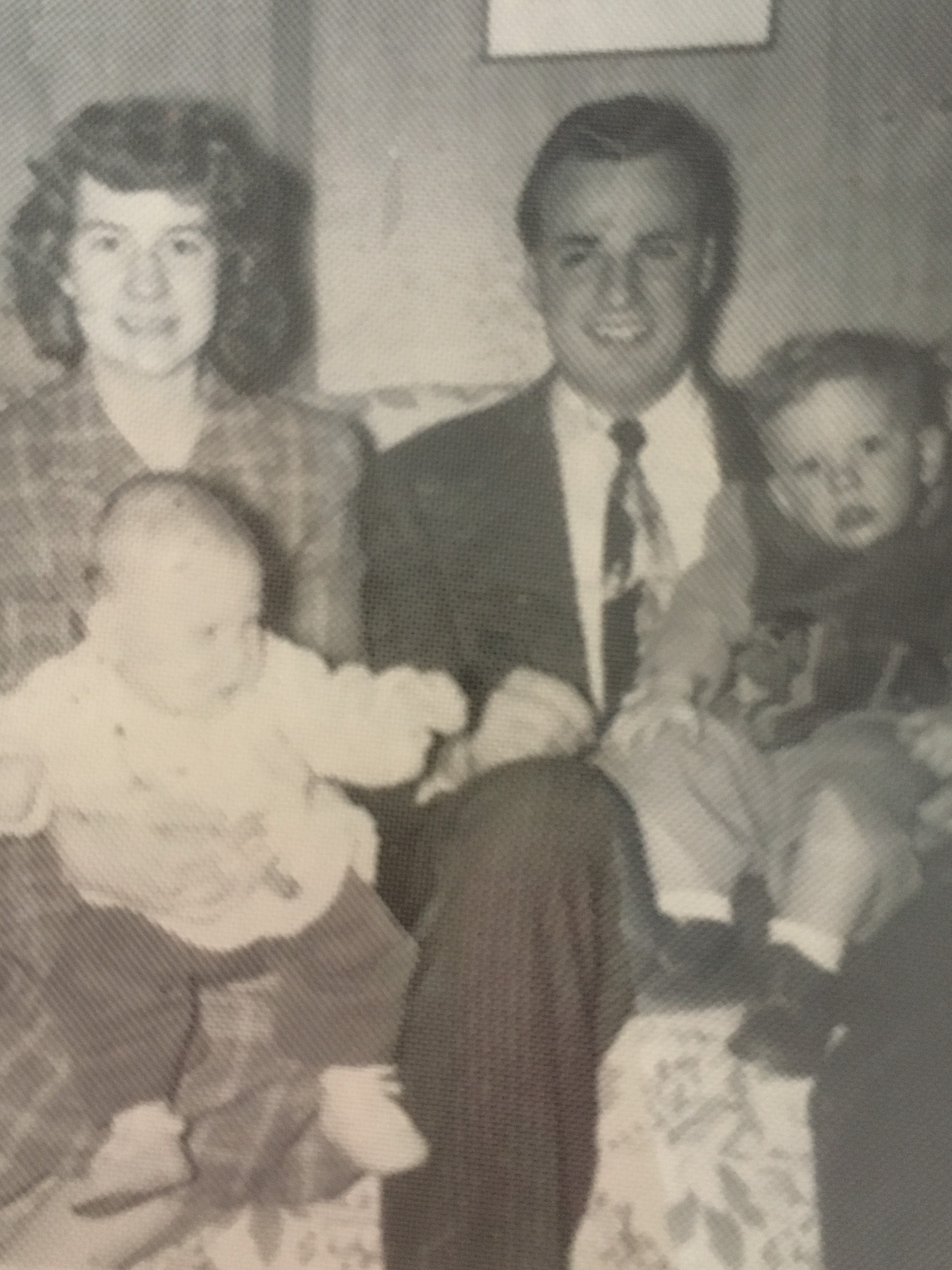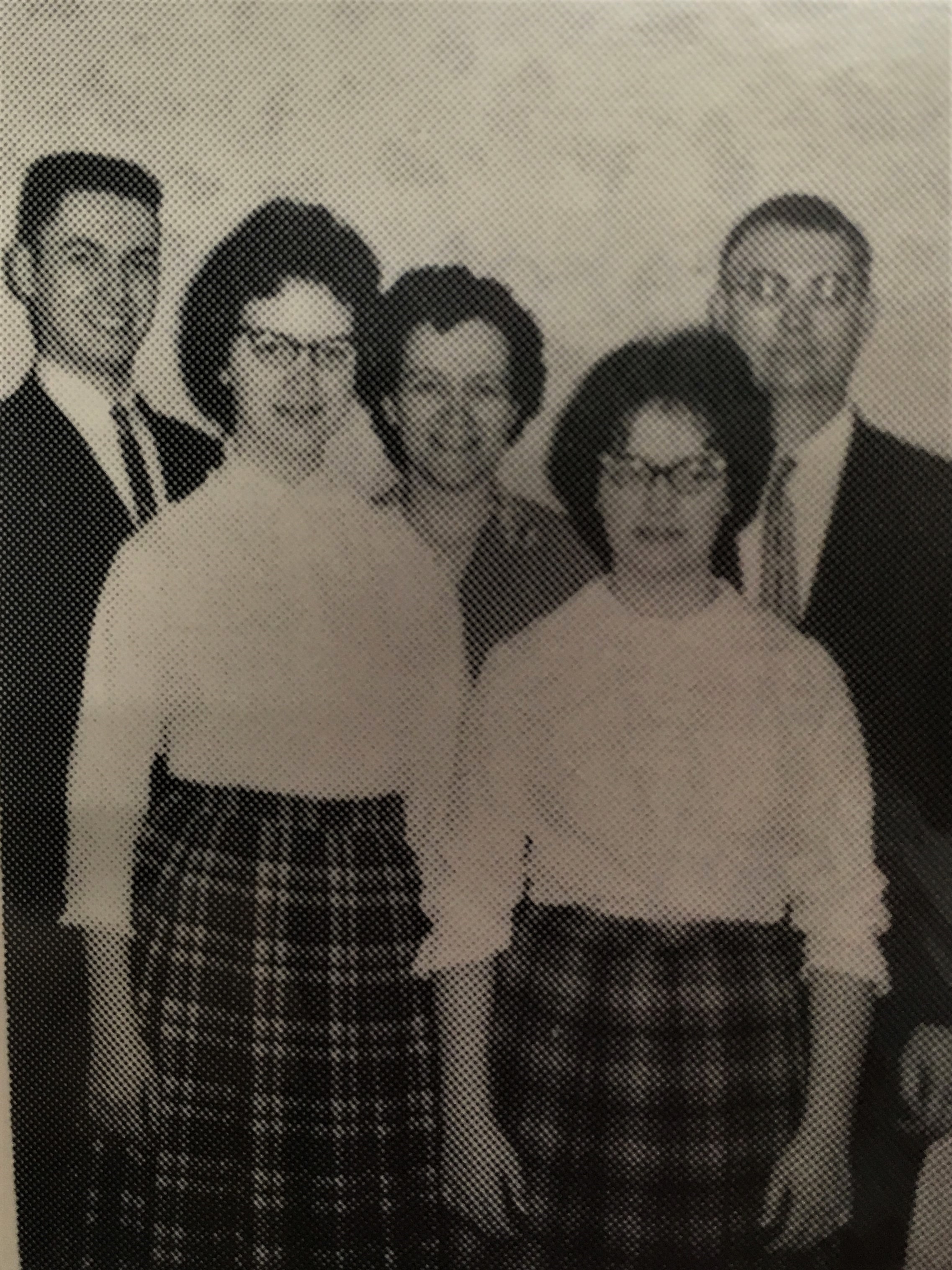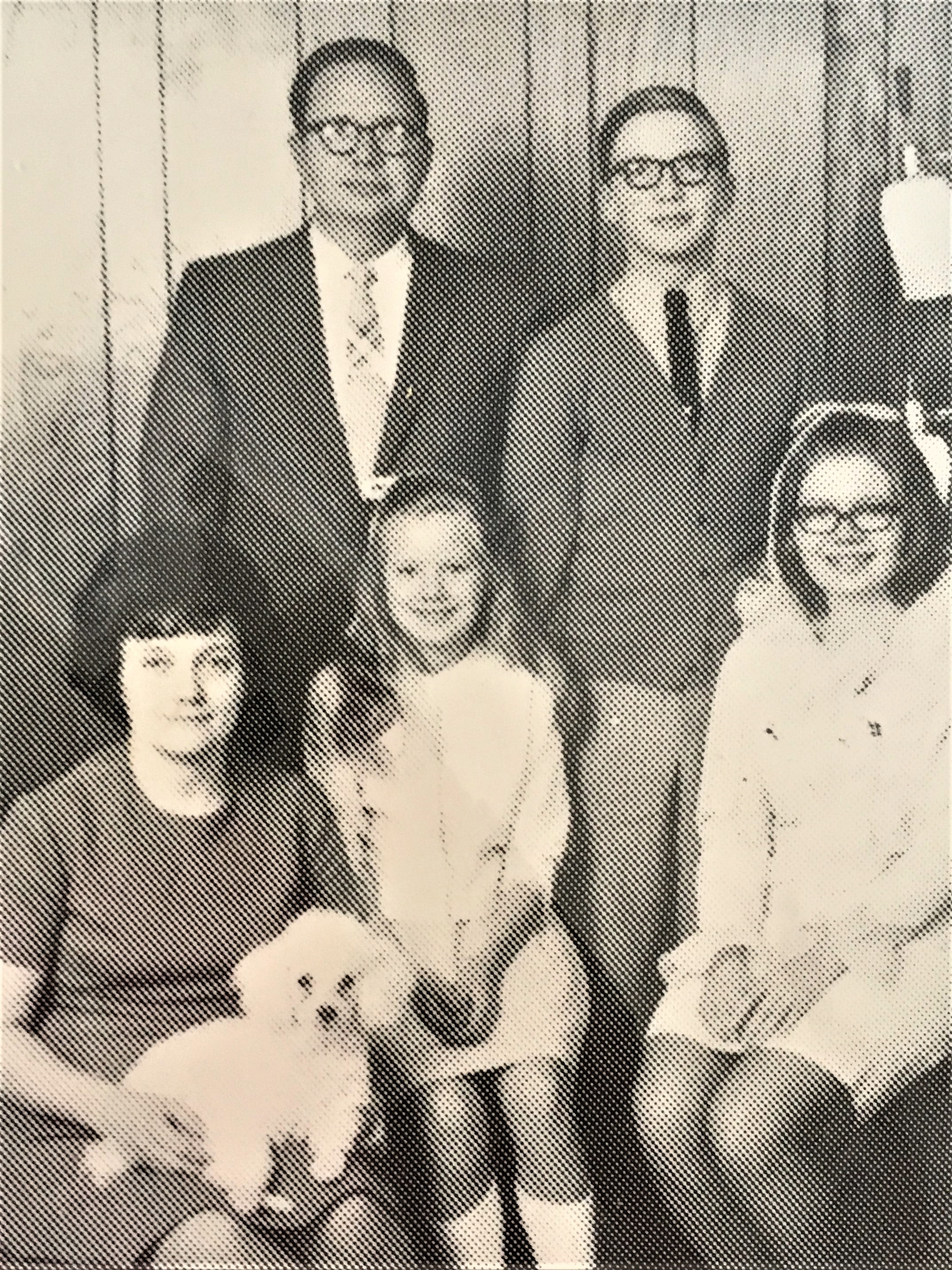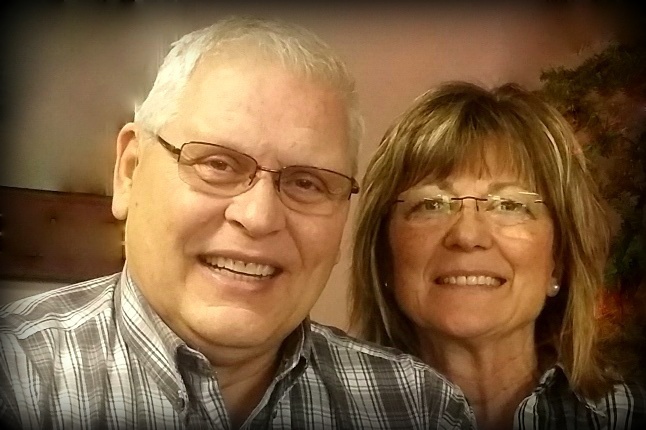| | | | Our church was established in October of 1952, as led by the Minnesota District Assemblies of God.
The building was constructed by Rev. A.V. Gustafson of St. Paul, and the first $4,000 to begin construction came from Speed The Light funds raised by Minneosota youth groups. The labor on the building was completed by many A/G pastors in the area and construction was finished in the spring of 1953.
History of Pastors:
 Ronald and Ida Snider - October 1952 to 1955 Ronald and Ida Snider - October 1952 to 1955
Melvin Wilkes - 1955 to 1956
 Stanley Johnson - June 1956 to 1963 Stanley Johnson - June 1956 to 1963
 Howard Shaffett - October 1963 to August 1965 Howard Shaffett - October 1963 to August 1965
 Verlyn and Bertha Nelson - October 1965 to February 1972 Verlyn and Bertha Nelson - October 1965 to February 1972
Roger and Cathy Fredrickson - March 1972 to April 1973
Daniel Hughes - May 1973 to August 1975
William and Arleta Hamblin - October 1975 to May 1979
Ronald Horn - May 1979 to July 1979 (Interim)
Charles and Carolyn Borden - July 1979 to October 1981
Arlon and Lena Lee - February 1982 to September 1982
 Roy and Kathy Miles - October 1982 to present Roy and Kathy Miles - October 1982 to present
History of the Assemblies of God movement:
The Assemblies of God has its roots in a religious revival that began in the late 1800’s and swept into this century with widespread repetition of biblical spiritual experiences. During that time, many Christians in the United States and other parts of the world began to feel a need for more of God’s power operating in their lives. Individually and in groups, they began earnestly to pray and to seek to conform their commitments and experiences to what they believed was the New Testament pattern.
In response, the Holy Spirit came on large numbers of them, prompting a joyous, spontaneous worship and an intense desire to spread the gospel. As in the Bible in the Book of Acts, this experience, called the “baptism in the Holy Spirit,” was universally accompanied by speaking in unknown languages. It was associated with the coming of the Holy Spirit on the Jewish holiday of Pentecost (Acts 2), and participants in the movement were called “Pentecostals.”
The beginning of the modern Pentecostal revival is generally traced to a prayer meeting at Bethel Bible College in Topeka, Kansas, on January 1, 1901. While many others had spoken in tongues previously during almost every period of spiritual revival, most researchers agree it was here that recipients of the experience, through study of the Scriptures, came to believe speaking in tongues is the biblical evidence for the baptism in the Holy Spirit.
The revival spread rapidly to Missouri and Texas, then to California and elsewhere. A 3-year revival meeting at Azusa Street Mission in Los Angeles attracted believers from across the nation and overseas and served as a springboard to send the Pentecostal message around the world. Reports of what was taking place were carried in scores of periodicals and other publications that sprang up with the movement. Spontaneous revivals also began to break out about that time in other parts of the world and on various mission fields.
The Pentecostal aspects of the revival were not generally welcomed by the established churches and participants in the movement soon found themselves outside existing religious bodies. They were forced to seek their own places of worship, and soon there were hundreds of distinctly Pentecostal congregations.
By 1914, many ministers and laymen alike had begun to realize the rapid spread of the revival, and the many evangelistic outreaches it spawned had created a number of practical problems. The need arose for formal recognition of ministers as well as approval and support of missionaries, with full accounting of funds. In addition, there was a growing demand for doctrinal unity, gospel literature, and a permanent Bible training school.
These concerned leaders realized that to protect and preserve the results of the revival the thousands of newly Spirit-baptized believers should be united in a cooperative fellowship. In 1914 about 300 preachers and laymen gathered from 20 states and several foreign countries for a “general council” in Hot Springs, Arkansas, to discuss and take action on the growing need. The five reasons they listed for calling the meeting were: doctrinal unity, conservation of the work, foreign missions interests, chartering churches under a common name for legal purposes, and the need for a Bible training school.
A cooperative fellowship emerged from the meeting and was incorporated under the name “The General Council of the Assemblies of God.” Most of the delegates had little desire to form a new denomination or sect, and they structured their organization to unite the assemblies in ministry and legal identity while leaving each congregation self-governing and self-supporting. This structure continues to the present.
In 1916 the General Council added a Statement of Fundamental Truths to its constitution. A simple statement, it remains virtually unchanged and continues to provide a sound basis for the Fellowship, giving a firm position on vital doctrines.
From the beginning, Assemblies of God ministries have focused on evangelism and missions and have resulted in a continuing growth at home and abroad. Our constituency has climbed from the founding convention attendance of 300 to more than 3 million in the United States and over 60 million overseas.
See the A/G website for more details.
|
| |
|



